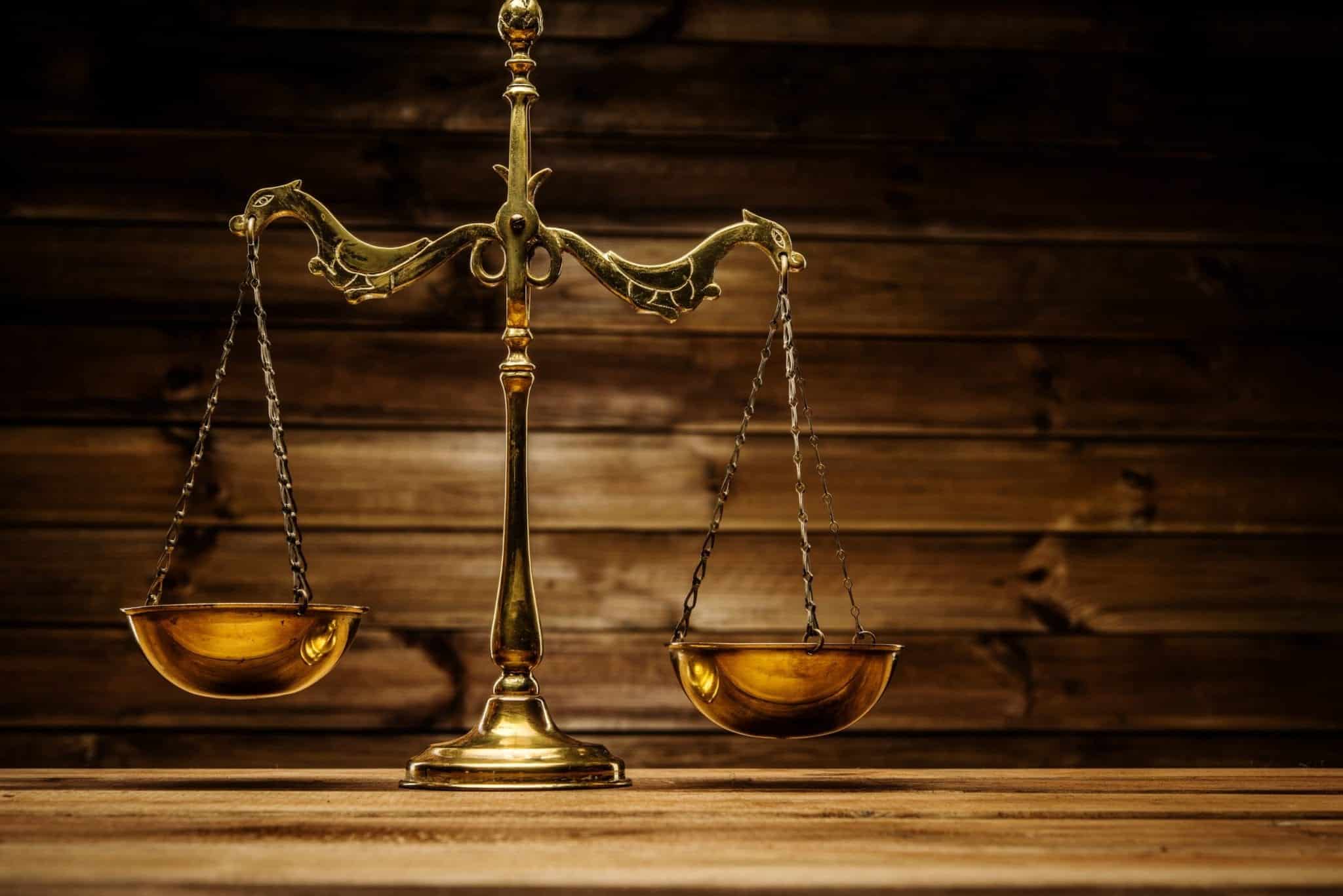The release of thousands of unjustly jailed citizens, an end to solitary confinement, a ban on private prisons, and raising the bar on prosecutorial accountability are all important criminal justice reforms gaining traction on the 2020 campaign trail.
However, while political promises made in a town hall meeting sounds good, it takes a politically unified Congress and a willing president to bring to fruition promises made during a political campaign.
Criminal justice reform is difficult. It requires systemic change – a daunting but not insurmountable task. Where and how are, thus, the questions.
The Continuum of Systemic Change and Our Criminal Justice System
There are six stages in the process of systemic change. Once we identify where we are on that continuum, we can move toward a more effective and humane criminal justice system.
Here they are in a nutshell:
- Maintaining the Current System
- Upholding the law as originally designed because there is a lack of recognition that the system doesn’t work as-is.
- Awareness of Disparity in the System
- Stakeholders recognize the current system isn’t serving the people well, but the path forward is unclear at this stage.
- Exploration to Correct the System
- Communities begin to study the disparities and develop/try new approaches to combating them.
Transition Toward a New System
An actual transition, however, requires a critical mass of social and political thinking that will demand more resources to reach a newly proposed system.
Emergence of New Infrastructure
As more elements of the desired system are adopted, the emergence of a new infrastructure phases in leading to greater acceptance of the new system.
Predominance of the New System
Only when more powerful components begin to dominate practices (like actual legislation and funding behind it) will a new system become predominant.
It is at this point when key leaders begin envisioning even greater improvements. So, where does that leave the state of our current U.S. Criminal Justice System?
Well, the road to true improvement for something as massive as our criminal justice system isn’t always a linear path. In other words, we’re probably somewhere between “Awareness of Disparity” and some “Exploration.”
There are, however, two laws that provide a perfect place to start: (1) The Violent Crime Control and Law Enforcement Act of 1994 (aka, “The 1994 Crime Bill”), and (2) The Prison Litigation Reform Act.
The 1994 Crime Bill: A Sweeping Measure Against Violent Crime
The 1994 Crime Bill was originally passed as a sweeping measure to reverse decades of continuously rising violent crime rates across the country. Some of its key provisions included:
- Extended prison terms and a “Three-Strikes” provision discouraging repeat offenders
- Funding toward building more prisons and expanding law enforcement teams
- Grant programs encouraging more arrests for drug-related crimes
- The Violence Against Women Act, which aimed to reduce domestic violence and rape
Here’s the thing. Those crime rates had been rising since the sixties. It literally took 30 years to implement a systemic change addressing the issue.
The Systemic Issues Stemming from a “Tough on Crime” Bill
This bill did effectively decrease crime, and it provided protections that undoubtedly have saved lives. However, another 30-plus years later, we are now faced with a host of issues that many people directly blame on this law; namely, mass incarceration.
As we’ve only just begun to reach the critical mass we need to build the momentum toward meaningful change, we’re shifting into an exploration phase, and ideas are beginning to surface.
Walking the Line between Exploration and Transition
Congress took a huge step forward with its passing of the First Step Act last year. This law shortened extreme drug sentencing for low-level drug crimes and expanded recovery and rehabilitation programming for the incarcerated.
Still, even once the Act is fully funded and implemented, it will not completely repair our broken criminal justice system. More change needs to come.
The Prison Litigation Reform Act: A Well-Meaning Effort to Fight Frivolous Litigation
The Prison Litigation Reform Act was another piece of legislation developed by well-meaning lawmakers who intended to help reduce frivolous litigation.
The variable they didn’t consider until after the bill passed?
That correctional officers might not comply with regulations – bending some, and completely breaking others.
When Noncompliance Becomes Civil Rights Violations
There are a number of issues that arose from this Act that led to prisoners to seek legal representation for civil rights violations. Here are two common provisions that have acted as catalysts in these civil rights suits:
- The Exhaustion Requirement says prisoners must try all possible options to remedy a complaint through the prison system before seeking the opinion of the court.
- However, there are no standard complaint systems in place, and often prisoners go ignored or their complaints become tied up for administrative reasons and aren’t ever addressed.
- Filing Fees and Strikes is a provision requiring prisoners to pay court fees in full – but many inmates don’t have the funds.
There is an option to pay in installments, but that option can be revoked when the court deems prior complaints frivolous. It’s easy to see how this might be a scenario ripe for injustice.
Ultimately, just like any other part of our rule of law, it’s all a continuous work of progress – a social experiment. And as long as we continue to identify when our systems are no longer helping, but hurting people, and work to change them, we will continue to evolve.
For now, we must start with small steps, and when we see wrongs – no matter how minor – attempt to make them right. This is the beginning of real reform.






